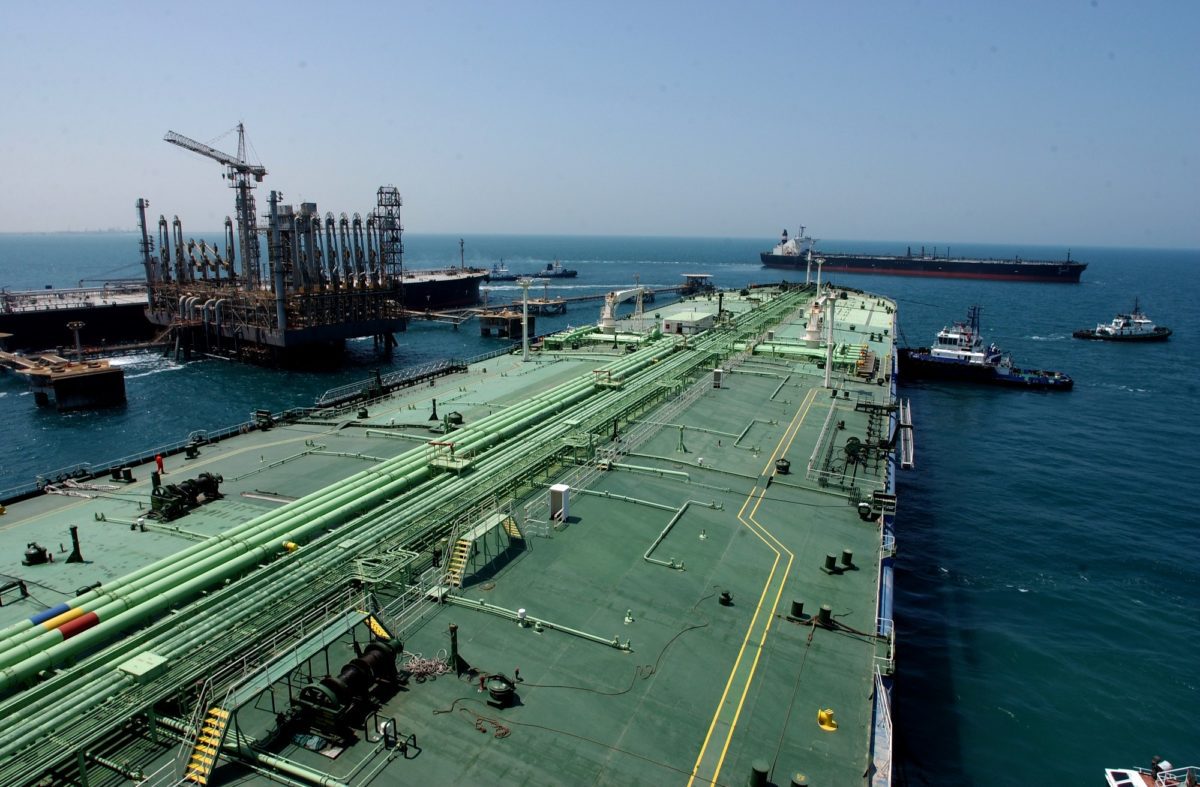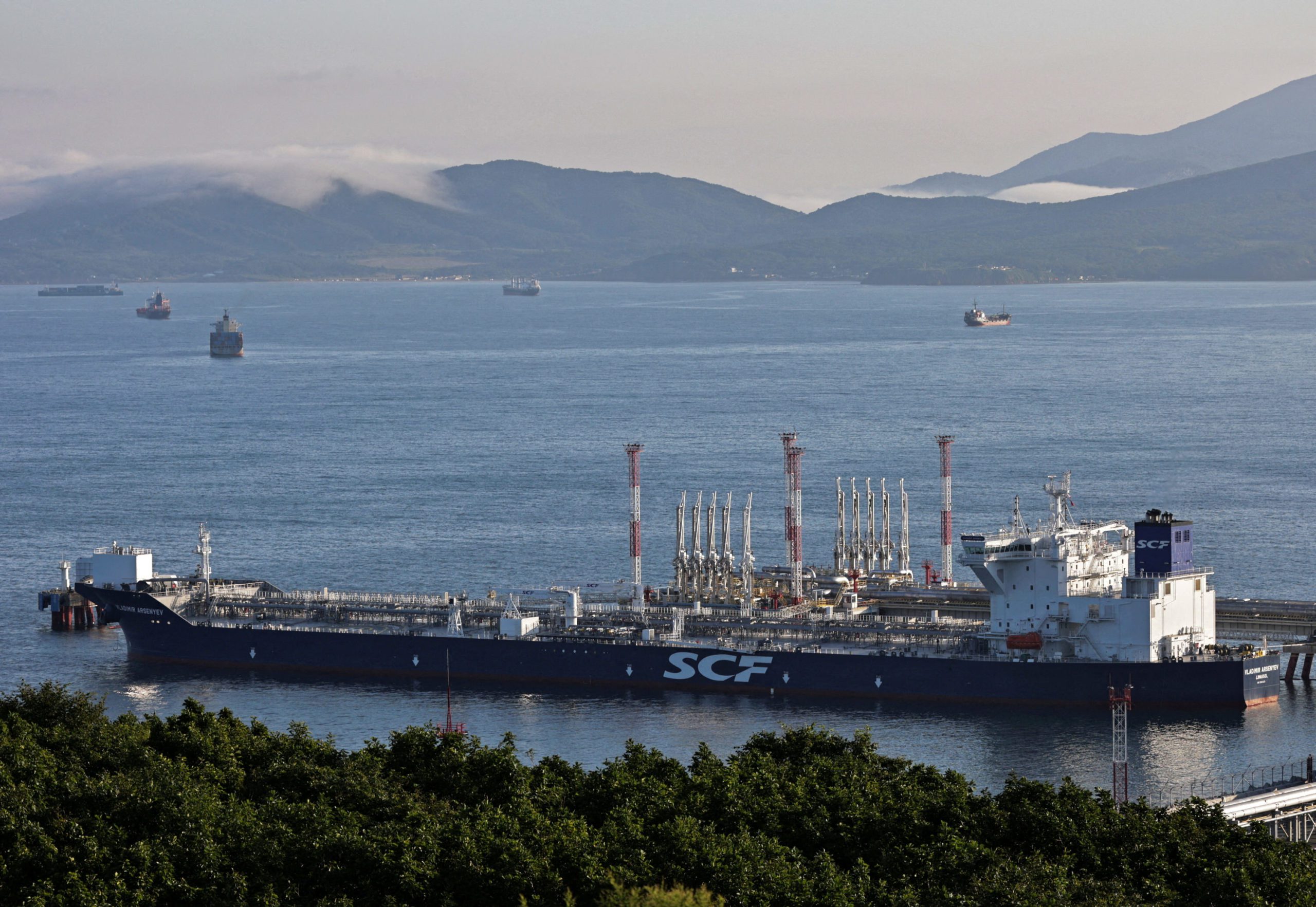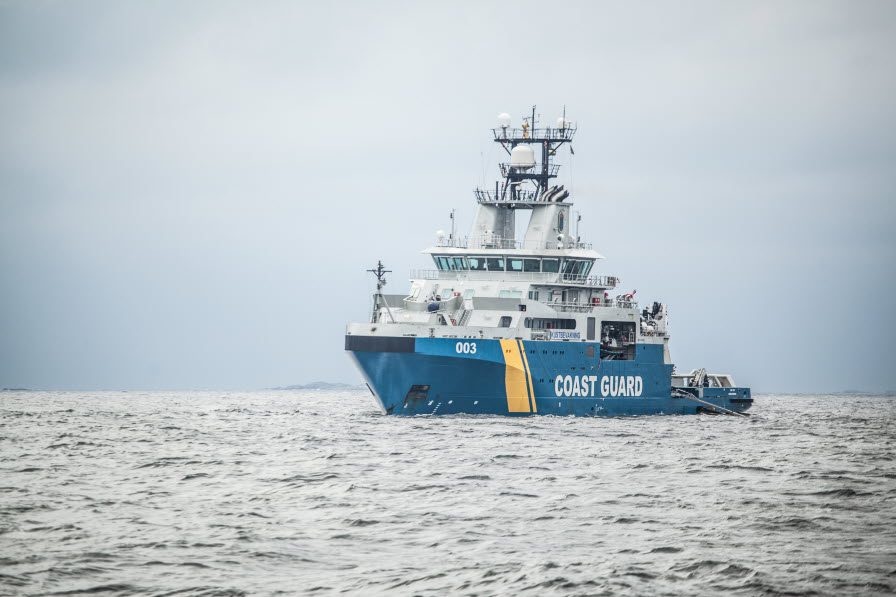Charter costs for the biggest oil tankers plying the industry’s busiest trade route rose for a second session as charterers in China returned to work after last week’s Lunar New Year holiday.
Booking rates for very large crude carriers on the benchmark Saudi Arabia-to-Japan voyage added 0.5 percent today to 31.75 industry-standard Worldscale points, figures from the London-based Baltic Exchange showed. Rates touched an 11-session low on Feb. 14, the data showed.
Ship hiring will probably increase with the end of the holiday in China and the release of cargo dates for loading in March this week, according to an e-mailed report today from Herman Hildan, an analyst at investment bank RS Platou Markets AS. The surplus of available vessels for loading in the Persian Gulf over the next four weeks shrank by two to 100 ships, according to data from Kevin Sy, a Singapore-based freight- derivatives broker at Marex Spectron Group.
“Earnings have been quoted in negative territory for the past 17 trading days,” Erik Nikolai Stavseth, an analyst at Oslo-based investment bank Arctic Securities ASA, said in a report today. “We do not think the situation will change notably near-term.”
Daily losses for VLCCs on the benchmark route as determined by the exchange narrowed to $6,307 from $6,857 on Feb. 15. The ships, each able to hold 2 million barrels of oil, earned money in only four sessions in the third quarter on the journey. China is the world’s second-biggest consumer of crude.
Return Journey
The exchange’s assessments fail to account for owners’ efforts to improve returns by securing cargoes for a voyage’s return leg or reducing speed to burn less fuel, known as slow- steaming. The price of fuel, or bunkers, the industry’s main expense, had a ninth weekly climb in 10 last week, figures compiled by Bloomberg from 25 ports showed.
The Worldscale system is a method for pricing oil cargoes on thousands of trade routes. Each individual voyage’s flat rate, expressed in dollars a ton, is set once a year. Today’s level means hire costs on the benchmark route are 31.75 percent of the nominal Worldscale rate for that voyage.
The Baltic Dirty Tanker Index, a broader measure of oil- shipping costs that includes vessels smaller than VLCCs, fell 0.3 percent to 659 after eight sessions of gains, according to the bourse.
– Rob Sheridan, Copyright 2013 Bloomberg.
Featured image courtesy Saudi Aramco

 Join The Club
Join The Club











